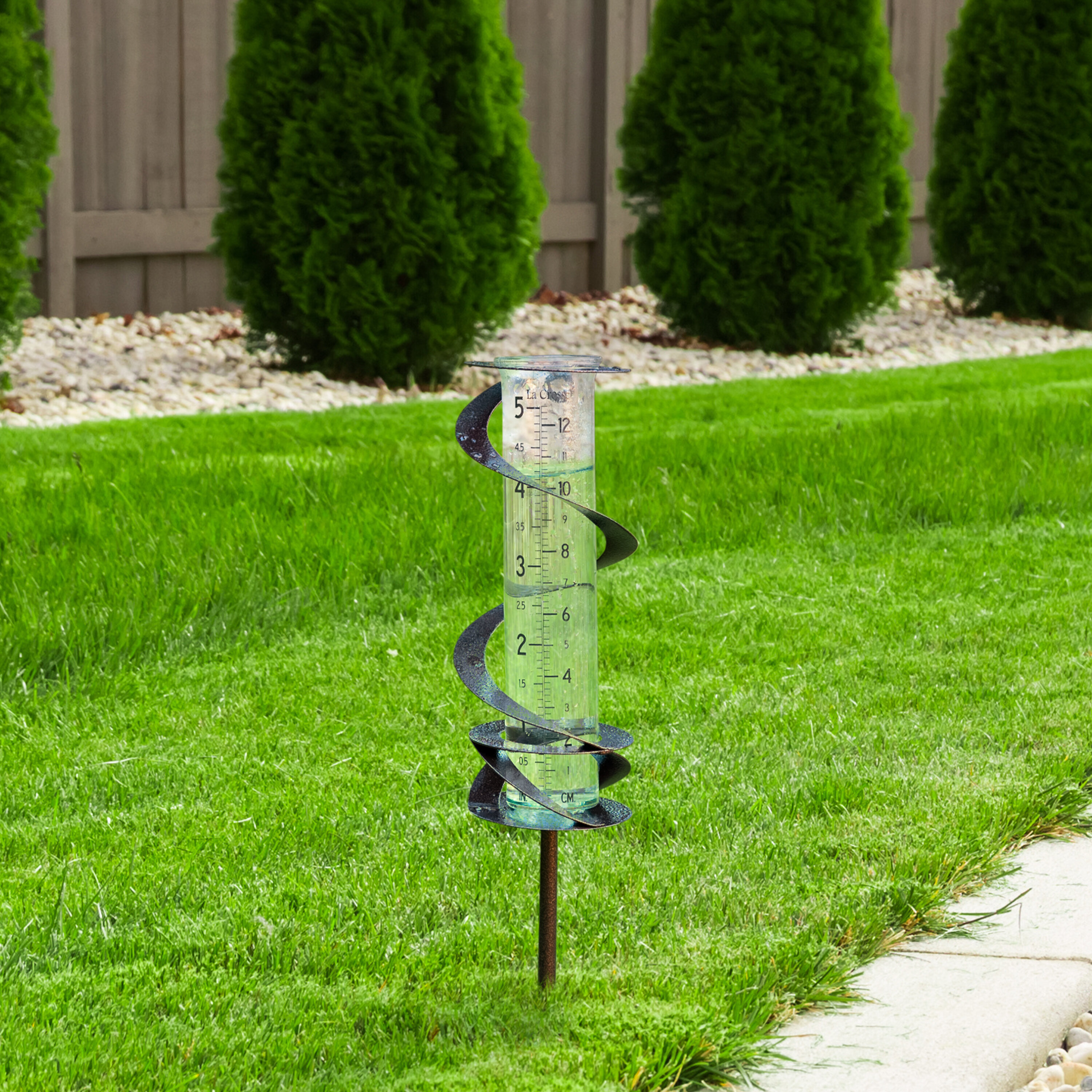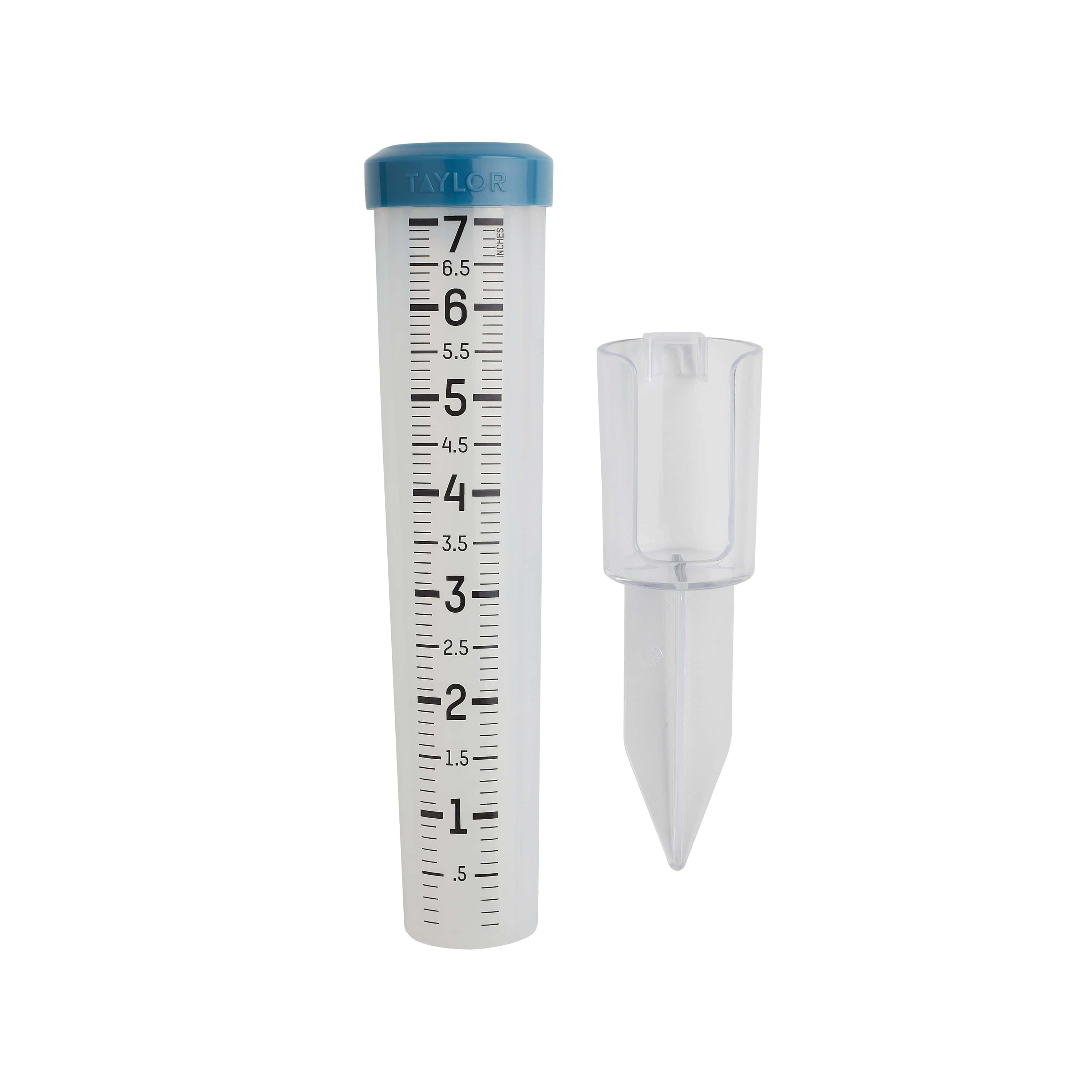The Rain Gauge: A Comprehensive Guide to Accurate Weather Measurement
The Rain Gauge: A Comprehensive Guide to Accurate Weather Measurement
Blog Article
Understanding Rain Gauge Measurements: A Total Overview
Recognizing Rainfall Scale Measurements: A Total Guide is a thorough source for any individual looking for a deeper understanding of rainfall gauge measurements. Whether you are a professional in the area or just have an inquisitiveness concerning rains measurement, this overview will certainly furnish you with the knowledge required to effectively make use of rain gauge measurements.
The Value of Rainfall Scale Measurements
The relevance of rainfall scale measurements lies in their duty as a vital device for properly monitoring and analyzing rainfall degrees - The Rain Gauge. Rainfall scale measurements offer useful data that helps hydrologists and meteorologists understand patterns and patterns in rainfall, which consequently help in different fields such as farming, water source administration, and environment research

Precise rainfall measurements are vital for farming as they assist in determining irrigation needs, plant development, and return forecasts. Farmers count on this details to make informed decisions concerning when to water their plants, preventing water waste and making certain optimal crop health and wellness. Additionally, rains information assists in analyzing the effect of droughts or extreme rains on plant manufacturing, enabling farmers to take ideal measures to reduce losses.
Water source management greatly depends on rain gauge dimensions to determine the amount of water available in lakes, rivers, and storage tanks. Specific measurements enable water supervisors to make enlightened decisions about water allowance and circulation, making certain lasting use and protecting against scarcities. This information is specifically critical in areas where water deficiency is a pressing concern.
Additionally, rain gauge dimensions play a crucial function in climate research study. By accurately gauging rains over extended periods, scientists can analyze lasting climate patterns and determine modifications in precipitation patterns because of climate modification. This information helps policymakers and scientists develop strategies to adjust to and minimize the impacts of climate modification.
Kinds Of Rainfall Scales
There are numerous kinds of rain assesses utilized to gauge rainfall properly. Each kind has its very own benefits and constraints, making them suitable for different purposes and settings.
One of the most typical kind of rainfall gauge is the standard round scale. It contains a cylindrical container with a large funnel-shaped top to accumulate rainwater (The Rain Gauge). The water is then channelled into a graduated determining tube, permitting accurate dimension of the amount of rainfall
One more kind is the weighing rain gauge. Considering rainfall assesses are particularly useful in locations with icy rainfall or hefty rainfall, as they are not influenced by spraying or evaporation.
Tipping bucket rainfall assesses employ a system that ideas a tiny container each time it gathers a particular amount of rainwater. The number of suggestions is tape-recorded and made use of to determine the rains. This sort of scale is generally used in automated climate stations as a result of its low upkeep demands and ability to give real-time data.
Ultimately, there are radar-based rain determines that use radar technology to estimate rains. These gauges determine the intensity of rains in a specific location by evaluating the shown radar signals. They are specifically valuable for determining rainfall over big areas or in remote areas.
How Rain Gauge Measurements Work
Rain gauge dimensions are based on the concept of measuring the quantity and collecting of precipitation. These tools are made to catch rain and supply an accurate measurement of the rains in a certain area.
One of the most common kind of rainfall gauge is the basic round scale. It is composed of a round container with a wide opening at the leading to gather rainwater. The collected water is then channelled right into a gauging tube, which is calibrated to supply the measurement in devices of size, generally inches or millimeters.
One more sort of rainfall gauge is the tipping container scale. When they get to a specific weight limit, it utilizes a seesaw-like device with 2 buckets that tip. Each tip of the container represents a particular quantity of rains, permitting precise measurements.
Some sophisticated rain determines are equipped with electronic sensing units that automatically document and transmit information. These sensors make use of various technologies such as ultrasound or laser to determine the quantity of rains properly.
Aspects Influencing Rainfall Gauge Accuracy
Aspects that can impact the accuracy of rainfall gauge measurements consist of numerous ecological and functional variables. Environmental elements such as wind, temperature, and air pressure can dramatically influence the accuracy of rainfall scale measurements. Solid winds can cause the rainfall gauge to tilt or relocate, causing imprecise analyses. Extreme temperature levels can cause evaporation or freezing of the collected rain, leading to altered dimensions. Adjustments in climatic stress can additionally affect the precision of rainfall scale dimensions, as they can modify the rate at which rains is collected.
Functional variables, on the other hand, refer to aspects associated to the style, installation, and maintenance of the rain scale. The placement of the rainfall gauge in a location with obstructed air flow or near trees or buildings can bring about unreliable readings due to obstruction or splattering of rainfall. Additionally, incorrect calibration or uneven maintenance of the rainfall gauge can likewise impact its accuracy.
To guarantee the accuracy of rainfall scale measurements, it is necessary to think about these variables and take ideal procedures. This may entail selecting a proper area for the rain gauge, ensuring appropriate installment and upkeep, and consistently adjusting the instrument. By addressing these factors, trusted and precise rains dimensions can be obtained, which are crucial for numerous applications such as weather projecting, hydrological researches, and farming.
Tips for Accurately Gauging Rainfall
To make sure specific rains dimensions, it is crucial to carry out specific methods and approaches YOURURL.com when utilizing a rain gauge. Below are some suggestions for precisely gauging rainfall:
Proper Positioning: Place the rainfall gauge in an open location, far from trees, structures, and other obstructions that might disrupt the rains collection. It should be placed on a level surface area to stay clear of water pooling or overflow.

Review the Scale Properly: When taking measurements, checked out the water level at eye level from the base of the lens. Prevent parallax mistakes by straightening your sight straight with the water degree.
Consistent Time Interval: Establish a constant time period for measuring rainfall, such as every 24 hours or after each rainfall event. This makes sure precise tracking and comparison of rainfall data.
Record Measurements Without delay: Tape rainfall measurements asap after collection to avoid evaporation or spillage. Make use of a rainfall scale with an integrated data logging function for automatic recording.
Conclusion
Finally, recognizing rainfall scale dimensions browse around here is essential for accurately determining rainfall. Various kinds of rainfall evaluates are available, each with their very own advantages and restrictions. It is essential to consider elements that can impact the precision of rainfall scale dimensions, such as wind, evaporation, and placement. By adhering to the suggestions provided, one can ensure much more specific and reputable rainfall dimensions.
Comprehending Rain Gauge Dimensions: A Complete Overview is a comprehensive resource for anybody seeking a much deeper understanding of rainfall gauge dimensions. Whether you are a specialist in the field or simply have an interest about rainfall dimension, this guide will certainly equip you with the expertise needed to effectively make use of rain gauge measurements.
The most usual type of rain gauge is her latest blog the common round scale.The most usual type of rainfall gauge is the typical cylindrical gauge.Another kind of rainfall scale is the tipping container scale.
Report this page